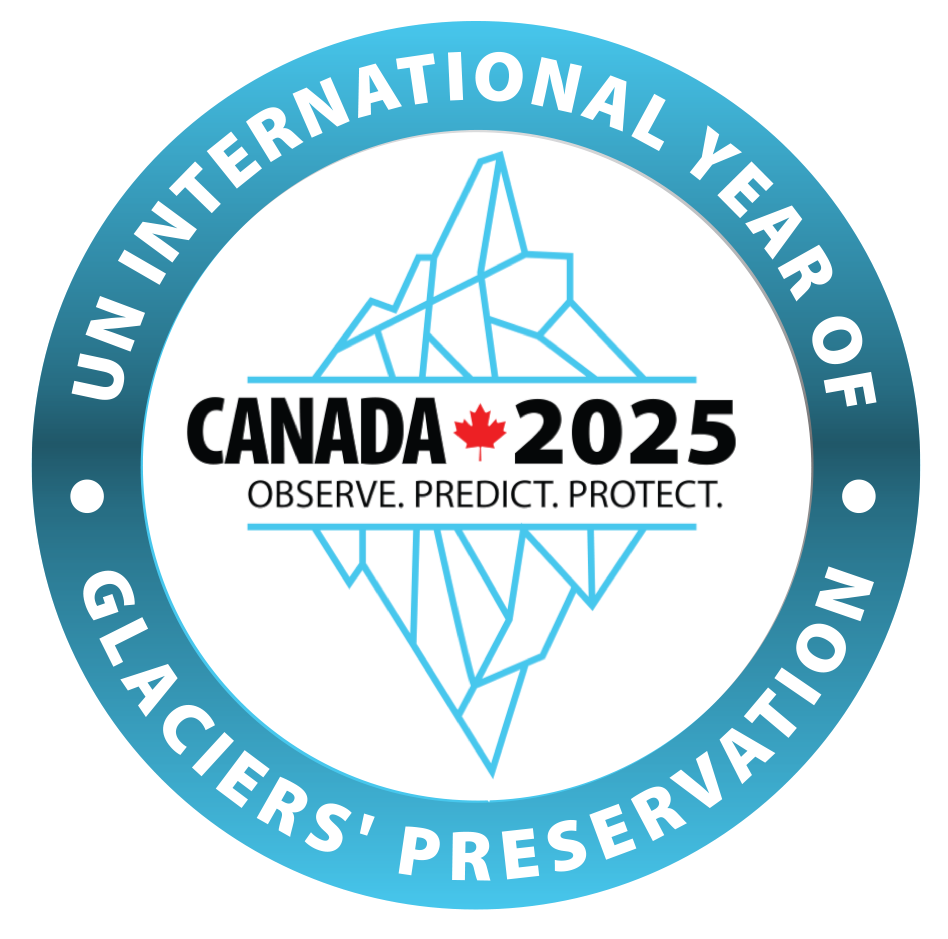High Elevation Monitoring in the Columbia Basin: Pilot Summary Report
Produced by Living Lakes Canada, with the goal of the High Elevation Monitoring Program is to generate baseline data on high elevation ecosystems that are data deficient and establish sustainable long-term monitoring. Baseline data enables us to understand how high elevation ecosystems are currently functioning. Long-term monitoring will enable us to understand how these sensitive areas are responding to climate change over time. Water quality and quantity – vital for a functioning ecosystem – are the primary variables being measured and analyzed. The data will help guide science-based management decisions, and support ecosystems and communities as they adapt to a changing climate and hydrological regime.
In 2022, Living Lakes Canada piloted the HE Monitoring Program in Kokanee Glacier Provincial Park and Shannon Lake in B.C. A large part of the pilot year involved consulting with professional hydrologists, biologists, and the Living Lakes Canada Advisory Team to develop the High Elevation Framework, which outlines the methodologies and protocols required to collect meaningful scientific data in high elevation areas.
This report details the findings from the pilot program. You can read the report here.
